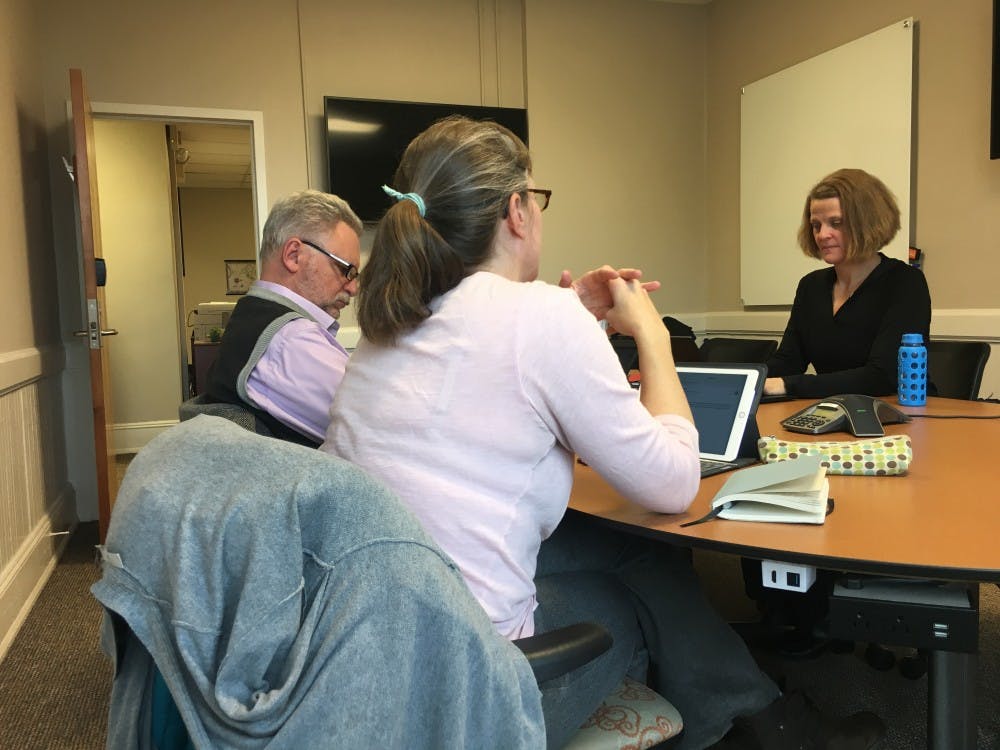A recent report by Noah Eisenkraft, an assistant professor of organizational behavior at UNC, found that across the University, male faculty members earned 28 percent more than female faculty members from 2014 to 2017.
“If this is something that people care about — if they care about men and women being paid equally — then this is a sign that we're not done,” Eisenkraft said.
Eisenkraft was invited by UNC's Committee on the Status of Women, or COSOW, to reanalyze the 2016-2017 Faculty Equity Report from UNC’s Office of Institutional Research and Assessment, and his findings were not very surprising to those involved.
“It's on par with what the pay gap is across the United States,” said Elizabeth Dickinson, co-chairperson of COSOW and a clinical associate professor of communication at the Kenan-Flagler Business School. “So, I think it just shows that pay inequity problems that exist in the United States and in different industries also exist in universities and colleges.”
Eisenkraft’s report, a 2019 Re-Analysis of Gender Pay Inequity at UNC-Chapel Hill, was released March 5 and looked at faculty information using different methods to see what else could be found.
“This comes down to a different way of looking at data,” Dickinson said. “Often, in statistical analysis, they will control for variables, and we didn't want to control for the variables. We just wanted to see a holistic number of all faculty members at UNC, if you break it down to gender, how they were paid, and the original study didn't do that.”
Both Eisenkraft and Dickinson said this was not intended to criticize UNC, but instead was done because of the nature of statistical analysis. Dickinson said it was done “to add more people, to add more data and to look at the data in a different light.” Eisenkraft said he read the report and had many questions about the research methods, and wondered how they could have been performed differently.
“As I looked through it, I said, ‘You know, there are some things here that don't make as much sense to me. I would have done it a little differently,’” Eisenkraft said.
Eisenkraft obtained the base salary, age, school, department and position of all 4,681 faculty members and determined each individual’s gender using name databases and looking at individual members’ websites. He said while this method for determining gender isn’t perfect, it can predict it with a good deal of accuracy.



